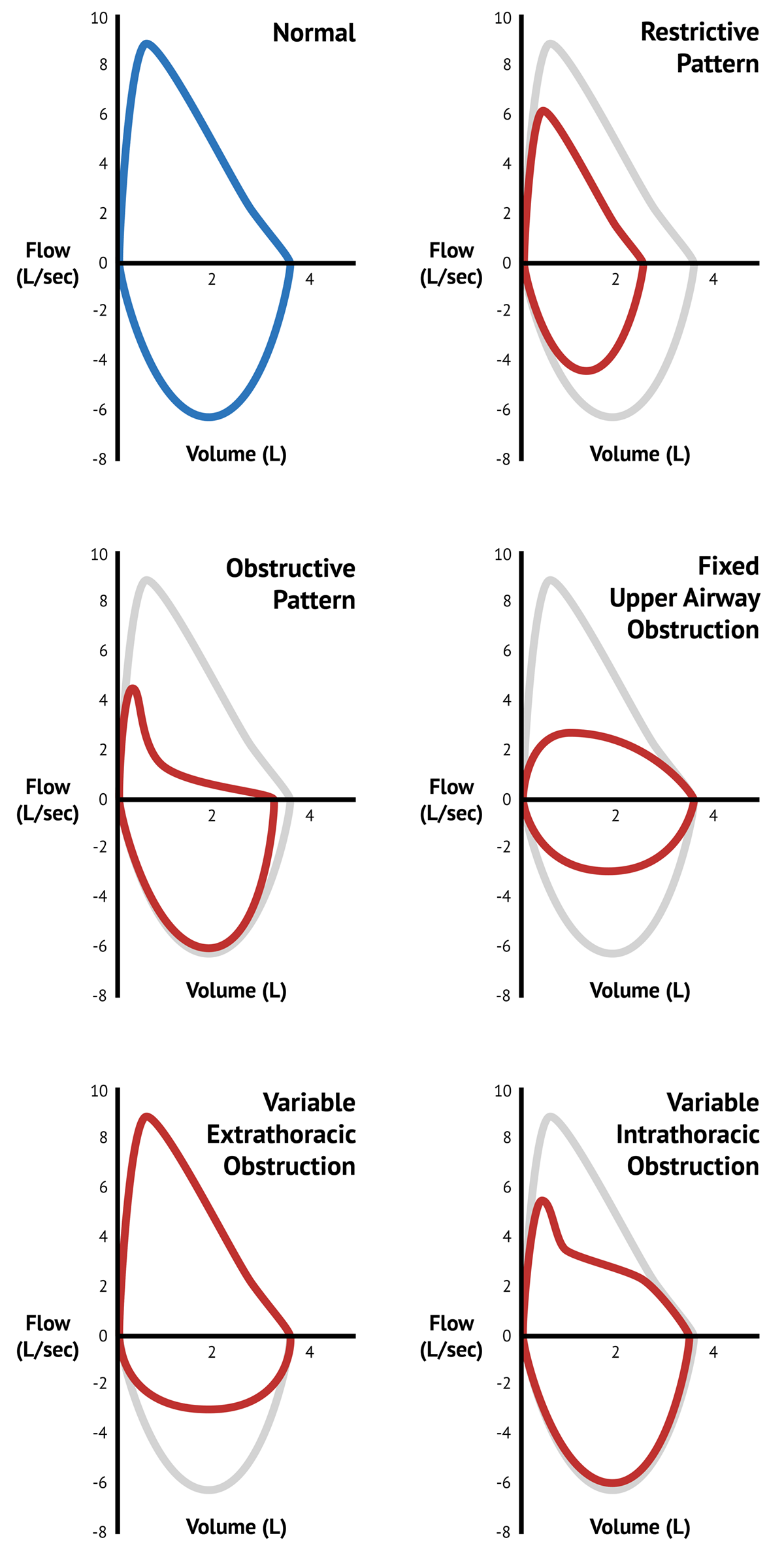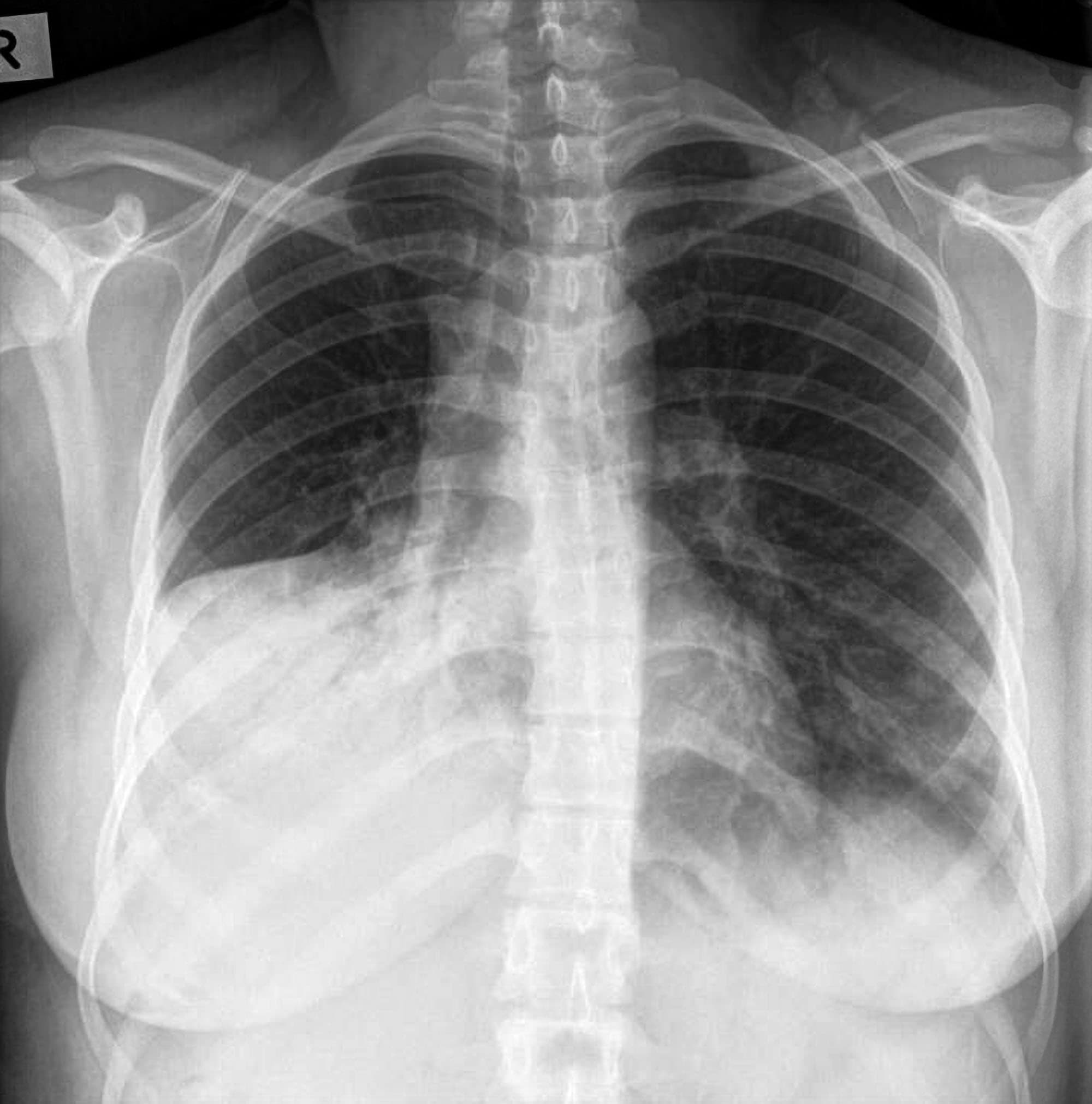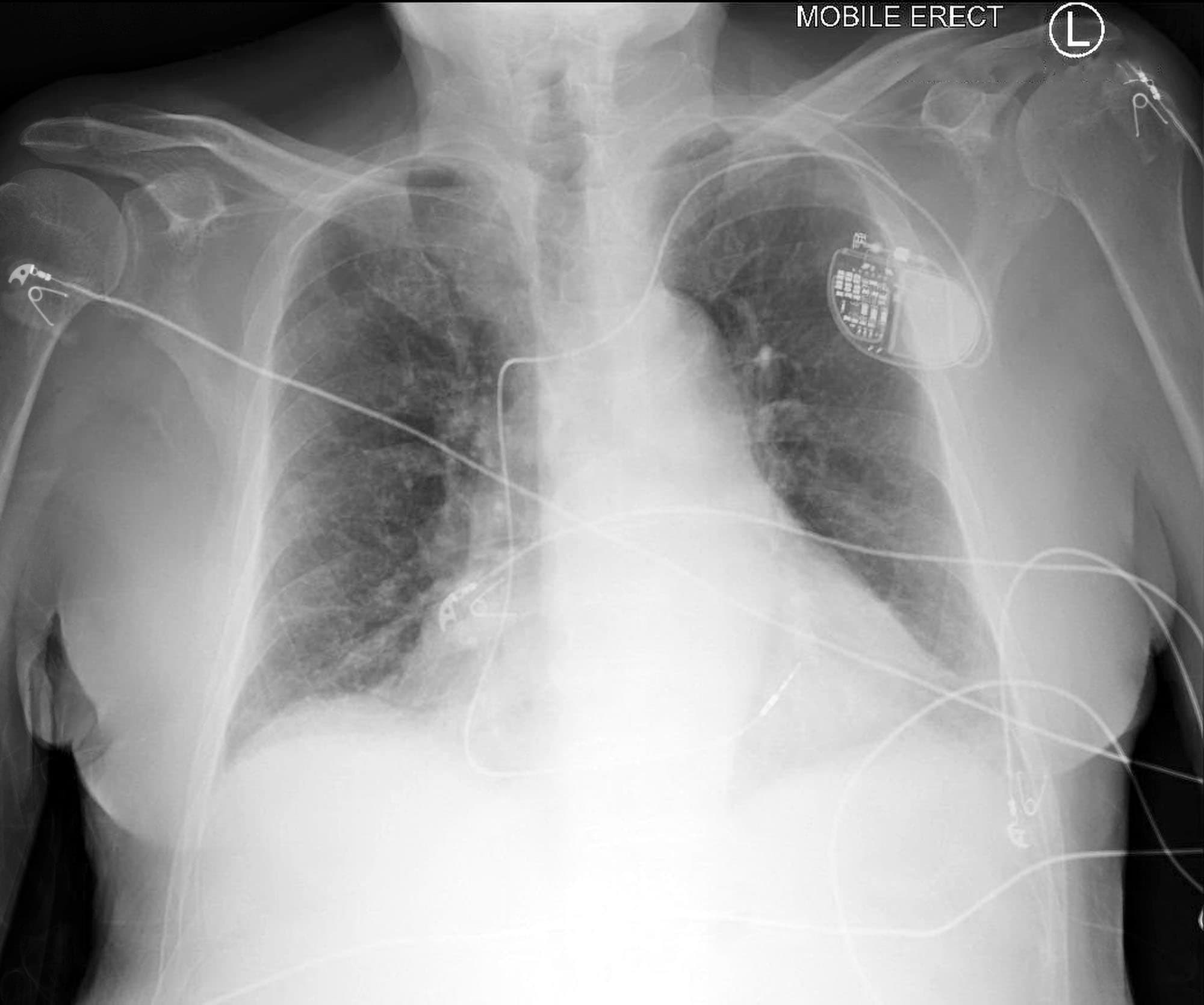40+ Xgeva Upper Respiratory Infection
Click Images to Large View Fda Clears Amgens Xgeva For Rare Bone Condition Pmlive. 3 cases had evidence of bacterial co-infection.
Upper respiratory infections URIs are infections of the mouth nose throat larynx voice box and trachea windpipe.

40+ xgeva upper respiratory infection. Click Images to Large View Xgeva Upper Respiratory Infection Human Body Anatomy. The most common adverse reaction resulting in discontinuation of XGEVA was. 25 Preparation and Administration Visually inspect Xgeva for particulate matter and discoloration prior to administration.
For multiple myeloma patients receiving XGEVA the most common adverse reactions were diarrhea nausea anemia back pain thrombocytopenia peripheral edema hypocalcemia upper respiratory tract infection rash and headache. Patients experiencing these experience symptoms in their larynx nose and chest. Respiratory viral co-infections were identified in 3 cases.
Respiratory tract infections RTIs are infections of parts of the body involved in breathing such as the sinuses throat airways or lungs. Herpes zoster 2 oral candidiasis 3 respiratory tract infection 1 rhinitis 2 sinusitis 3 upper respiratory infection 4 urinary tract infection 8 injury poisoning and procedural complications contusion 2 fall 2 lumbar vertebral fracture 4. For multiple myeloma patients receiving XGEVA the most common adverse reactions were diarrhea nausea anemia back pain thrombocytopenia peripheral edema.
The vast majority of upper respiratory infections are caused by viruses and are self-limited. Senticosus extract may be more effective than placebo and may be an appropriate alternative treatment of uncomplicated acute upper. Amgen Prolia Esa 2012 Flickr.
Paniculata may be a safe and efficacious treatment for the relief of symptoms of uncomplicated upper respiratory tract infection. See below for a comprehensive list of adverse effects. Sometimes these infections can develop into more complex severe infections that lead to sinus infections or pneumonia.
Administer subcutaneously in the upper arm upper thigh or abdomen. Upper respiratory tract infection uri Clinical Information. If you have an upper respiratory infection you can expect it to last anywhere from 3 to 14 days.
Xgeva Upper Respiratory Infection Human Body Anatomy. It is created by eHealthMe based on reports of 27874 people who have side. Symptoms of upper respiratory infection include.
Osteonecrosis of the jaw ONJ has been reported in patients receiving Xgeva manifesting as jaw pain osteomyelitis osteitis bone erosion tooth or periodontal infection toothache gingival ulceration or gingival erosion. The upper respiratory tract is comprised of the bronchi sinuses. An upper respiratory infection is one of the most common ailments but a lot of people do not understand them.
Upper respiratory infection in pregnancy. In clinical trials in patients with cancer the incidence of ONJ was. Common side effects of xgeva include.
What Is an Upper Respiratory Infection. No formal drug drug interaction. Upper respiratory tract infections can happen at any time but are most common in the fall and winter.
Symptoms of an RTI include. Upper respiratory tract infection is found among people who take Xgeva especially for people who are female 60 old have been taking the drug for 1 month. The most common serious adverse reaction was pneumonia.
The phase IV clinical study analyzes which people take Xgeva and have Upper respiratory tract infection. For multiple myeloma patients receiving XGEVA the most common adverse reactions were diarrhea nausea anemia back pain thrombocytopenia peripheral edema hypocalcemia upper respiratory tract infection rash and headache. In multiple myeloma patients receiving XGEVA the most common side effects were diarrhea nausea low red blood cells low blood platelets and calcium levels back pain swelling of the lower legs or hands upper respiratory tract infection rash and headache.
Persistent pain or slow healing of the mouth or jaw after dental surgery may also be manifestations of ONJ. Just about everyone will have to deal with this issue at one time or another so it is important that you know the signs of an infection so you can get the treatment you need. For multiple myeloma patients receiving XGEVA the most common adverse reactions were diarrhea nausea anemia back pain thrombocytopenia peripheral edema hypocalcemia upper respiratory tract infection rash and headache.
The most common adverse reaction resulting in discontinuation of XGEVA. Upper respiratory infection. Upper respiratory tract infections can be defined as self-limited irritation and swelling of the upper airways with associated cough and no signs of pneumonia in a patient with no other condition that would account for their symptoms or with no history of chronic obstructive pulmonary disease emphysema or chronic bronchitis.
This article outlines the epidemiology etiology diagnosis and management of URIs including nasopharyngitis common cold sinusitis pharyngitis laryngitis and laryngotracheitis. The recommended dose of Xgeva is 120 mg administered every 4 weeks with additional 120 mg doses on Days 8 and 15 of the first month of therapy. Check if you have an RTI.
It may harm a fetus. Upper respiratory infections are the most common illness resulting in missed work or school. Upper respiratory tract infections involve the nose sinuses.
An Upper Respiratory Infection is an umbrella term for a few different types of infection occurring in your upper respiratory tract. The most common serious adverse reaction was pneumonia. A disorder characterized by an infectious process involving the upper respiratory tract nose paranasal sinuses pharynx larynx or trachea.
A stuffy or runny nose. Fda Clears Amgens Xgeva For Rare Bone Condition Pmlive. The most common serious adverse reaction in multiple myeloma patients was pneumonia.
Xgeva must not be used during pregnancy. A cough you may bring up mucus phlegm sneezing. This tract covers the nose throat pharynx larynx and bronchi.
Xgeva upper respiratory infection. Most RTIs get better without treatment but sometimes you may need to see a GP. For multiple myeloma patients receiving XGEVA the most common adverse reactions were diarrhea nausea anemia back pain thrombocytopenia peripheral edema hypocalcemia upper.
The ongoing global pandemic of coronavirus disease COVID-19 caused by severe acute respiratory syndrome coronavirus 2 SARS-CoV-2 was identified in Wuhan Hubei Province China and has spread rapidly around the world 1 2. An upper respiratory infection affects the upper air passageways in the body. Of the upper respiratory infection symptoms the most common is a cough.
The most common adverse reaction resulting in discontinuation of XGEVA. More research is warranted107 Current evidence suggests that A. Infections and infestations cellulitis 2.
The most common serious adverse reaction was pneumonia. If left untreated. May lead to hospitalization.
Click Images to Large View Amgen Prolia Esa 2012 Flickr. Most urtis are caused by viruses. An infectious process affecting the upper respiratory tract nose paranasal sinuses pharynx larynx or trachea.
The most common serious adverse reaction was pneumonia. Xgeva is a clear. Paniculata extract alone or in combination with A.

Quizzes Test Findings Medschool

Quizzes Test Findings Medschool
2018 Dentallib Randolph R Resnik Pdf Pdf Dental Implant Dentistry
2018 Dentallib Randolph R Resnik Pdf Pdf Dental Implant Dentistry

Clinical Oncology News Hematology Digital Edition February 2012 By Mcmahon Group Issuu

Quizzes Test Findings Medschool

Quizzes Test Findings Medschool








